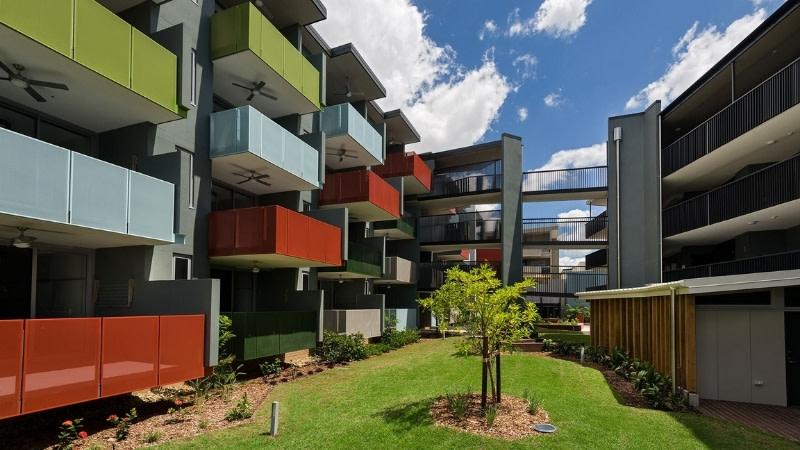
The Queensland government has announced it will deliver 1200 new social and affordable homes through a partnership between community housing provider Brisbane Housing Company and the Queensland Investment Corporation.
The first stage will provide about 600 homes across seven projects with a total value of about $250 million. Those projects are expected to create 225 construction jobs.
Treasurer Cameron Dick said the projects were part of the government’s concentrated investment in social and affordable housing, the biggest in the state’s history.
“There’s never been a more important time to plan and deliver the infrastructure that Queenslanders need, including social and affordable housing,” Dick, who is also and trade and investment minister, said.
“When applications opened for the $1-billion Housing Investment Fund, we told the market we were seeking proposals which identified new solutions to deliver housing for vulnerable Queenslanders.
“This commercial partnership is a model that has not been seen before in Queensland. It will see BHC leverage QIC’s strong track record of securing and managing institutional investment to deliver new social and affordable housing," he said.
Last month the government announced the first two projects from the Housing Investment Fund—one in Ethel Street, Chermside and the other in Sutton Street, Redcliffe.
“The Palaszczuk government is backing the largest concentrated investment in social housing in Queensland’s history—$2.9 billion in funding, including $1.9 billion over four years for the new Queensland Housing Investment Growth Initiative," communities and housing minister Leeanne Enoch said.
“This will increase the social and affordable housing supply by almost 10,000 over the life of the Queensland Housing Strategy, including 7400 new social and affordable homes,” Enoch said.

Construction of the first seven projects under the BHC and QIC partnership will commence progressively from 2023 to 2025.
The announcement comes as Moody’s credit-rating agency warns Australia’s housing affordability will get worse over the rest of 2022.
Moody’s Investors Service blames rising interest rates for worsening affordability, despite falling property prices and rising household incomes.
Moody’s said that in May Australian households spent 26.8 per cent of their monthly income to meet new mortgage payments, up from 25.7 per cent in January.
Affordability deteriorated in all capital cities.
In Sydney, the country’s least affordable city, new borrowers needed 37 per cent of their income to meet mortgage repayments in May, much higher than Melbourne (29.8 per cent), Brisbane (23.1 per cent), Adelaide (23.1per cent) and Perth (16.3 per cent).
"Worsening housing affordability is credit negative for new mortgages in residential mortgage-backed securities portfolios because it increases the risk of delinquencies and defaults, particularly with inflation raising the costs of living," says Moody’s analyst Si Chen.
Moody’s modelling shows if the Reserve Bank of Australia raises the cash rate to 2.85 per cent this year, housing affordability will continue to deteriorate unless house prices drop by around 22 per cent, a steeper fall than what the rating agency currently expects to happen by year’s end.
"Higher interest rates will dampen property market sentiment, weighing on house prices. However, our housing price and interest rate scenarios found that prices will not decline to the extent that housing affordability improves while interest rates increase this year," Chen said.
In May, Australian house prices declined an average 0.1 per cent compared with April after two years of strong gains.